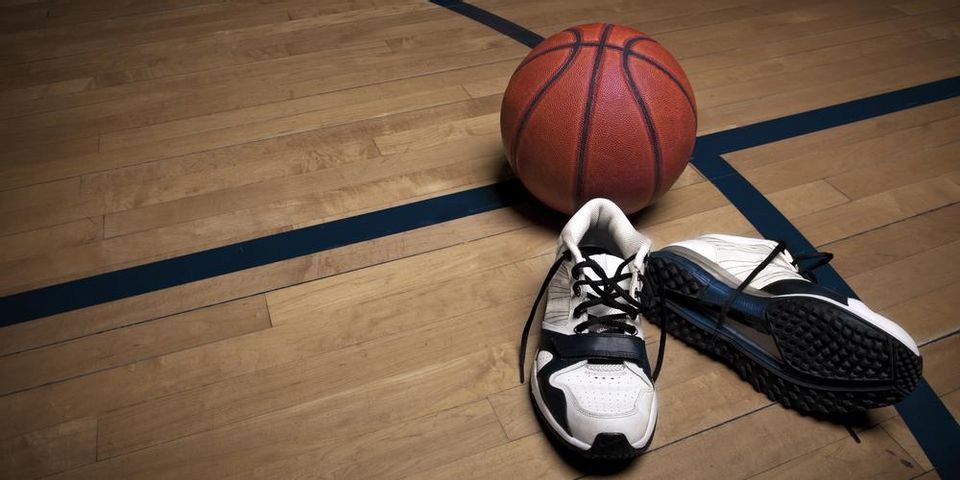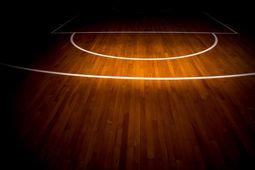
From the springy, pristine floors you see the NBA pros dribbling on to the multi-purpose plastic you’ll find in some middle school gyms, basketball courts aren’t all created equal. In fact, this sports flooring has come a long way since its late 19th century beginnings. Today, the flooring experts from Carolina Wood Floors in Winston-Salem, NC, outline a brief evolution of this important surface.
When P.E. teacher James Naismith invented basketball in Massachusetts in 1981, there wasn’t a standard court size—players used the space that was available. Frequently, sports flooring consisted of rickety wooden boards, and the hoops were peach baskets. Naismith made 13 rules, but none of them stipulated court size. By 1924, people across the nation were competing in this exciting new game, which spurred the need for standardized dimensions. So, officials determined the courts should be a minimum of 60 by 3 feet and a maximum of 90 by 50 feet.
 In 1951, the NBA expanded the size of the lane to 12 feet and introduced the 3-point line. By this time, many courts were constructed from the hardwood maple you see today on professional courts, which is highly durable yet bouncy. Like today, outdoor courts were generally made of asphalt or concrete. In 1997, the league widened the no-charge zone to a four-foot radius around the basket. Today’s official courts are 94 feet long and 50 feet wide. While some are made of multi-purpose plastic flooring on top of a concrete foundation, higher-quality courts continue to be constructed with hardwood, typically maple.
In 1951, the NBA expanded the size of the lane to 12 feet and introduced the 3-point line. By this time, many courts were constructed from the hardwood maple you see today on professional courts, which is highly durable yet bouncy. Like today, outdoor courts were generally made of asphalt or concrete. In 1997, the league widened the no-charge zone to a four-foot radius around the basket. Today’s official courts are 94 feet long and 50 feet wide. While some are made of multi-purpose plastic flooring on top of a concrete foundation, higher-quality courts continue to be constructed with hardwood, typically maple.
If you’re interested in high-quality hardwood sports flooring for a school, business, or gym, Carolina Wood Floors has everything you need. From seamless installations to custom painting designs, these technicians produce NBA-caliber work, every time. To learn more about how the premier sports flooring company can help you, call today at (336) 765-0680 or visit the website.
About the Business
Have a question? Ask the experts!
Send your question

